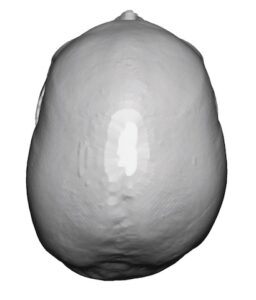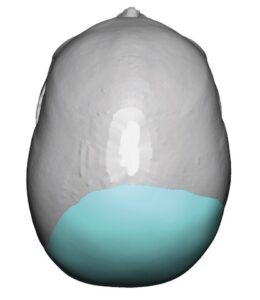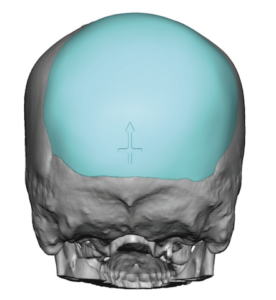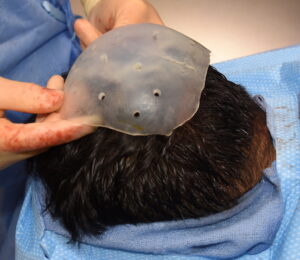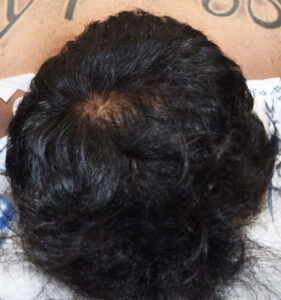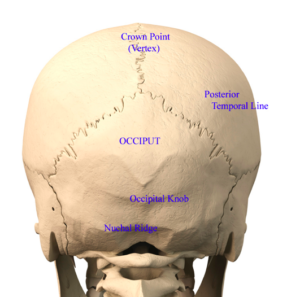
As a result the back of the head can develop a variety of skull shape abnormalities as it develops. Most of these are going to be depressions, flat spots, or an overall asymmetry caused by a more encompassing plagiocephaly condition. Such back of the head flat spots are of particular aesthetic relevance in men who either have a shorter hairstyle, a shaved head or desire to have a shorter or shaved head appearance.
To those so affected multiple camouflage techniques are employed including the constant wearing of hats or head garments as well as keeping longer hair over it. They often express their self consciousness of the flat spot and how its presence affects them socially and sometimes professionally. The good news is that such flat spots of the back of the head can be solved in a short surgery using custom implant design teahnology.
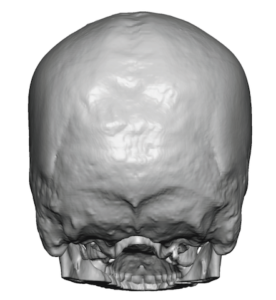
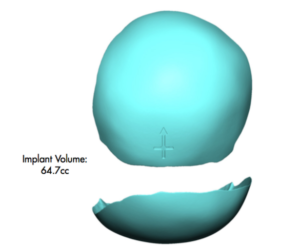
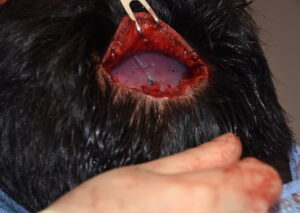
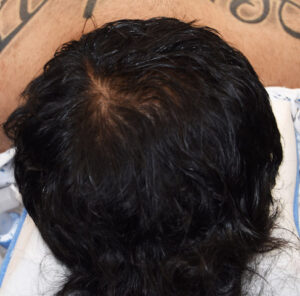
In the design of skull implants for asymmetry corrections the only real design debate is whether the implant should provide some slight overcorrection given that the overlying scalp may be a bit thinner as well.
Case Highlights:
1) A flat spot on the back of the head is one of the most common aesthetic skull shape concerns.
2) In the correction of a flat spot on the back of the head the key question is whether it is just a correction of a one-sided flat spot or an overall augmentation of both sides of the back of the head.
3) Low volume back of head implants can be placed through the smallest of scalp incisions.
Dr. Barry Eppley
Indianapolis, Indiana



